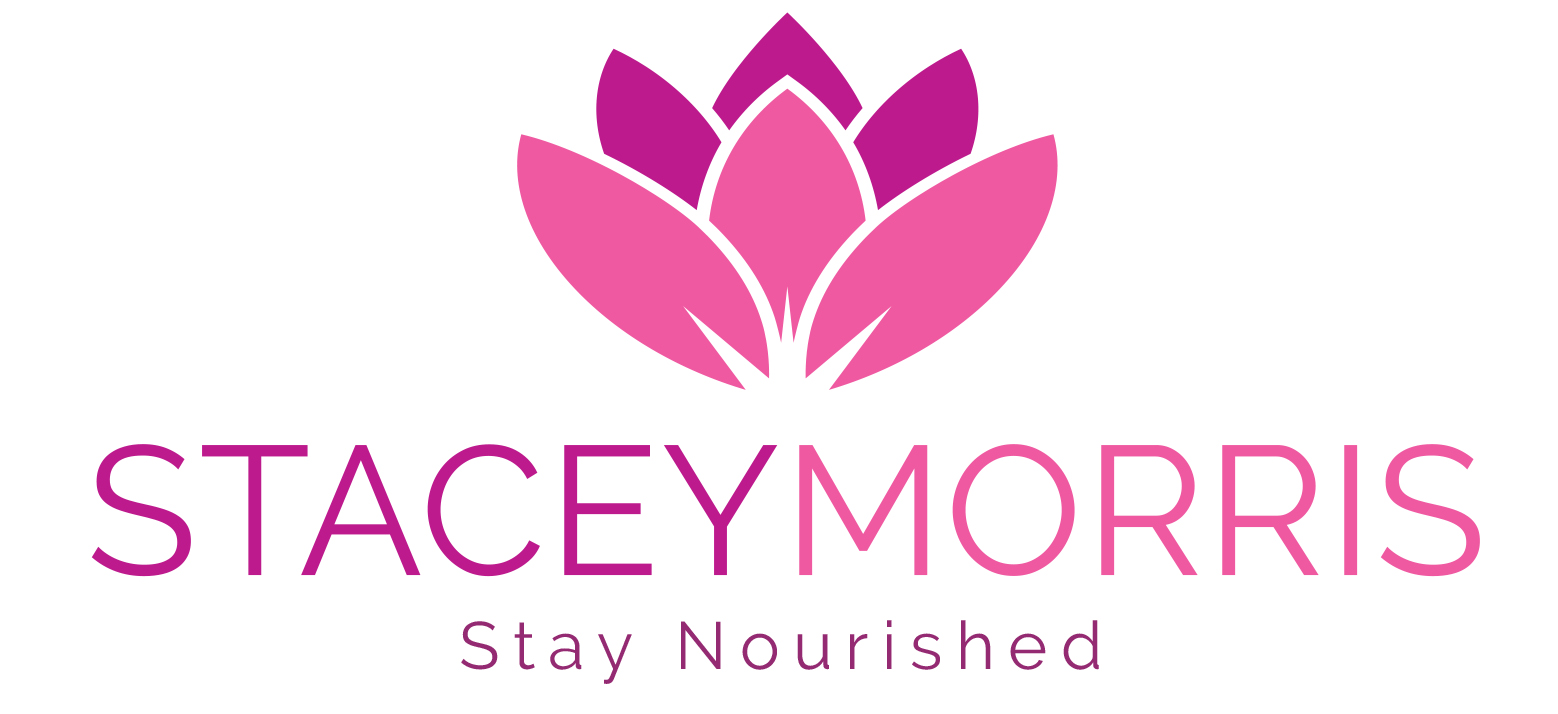
Nancy Guberti, M.S., C.N., is a metabolic and functional medicine specialist, certified nutritionist, Defeat Autism Now Practitioner, Gluten-Free Casein-Free (GFCF) diet counselor and healthy lifestyle coach based in the New York City area who works with clients around the globe, thanks to Skype. Beginning May 4, she will begin her “9 Step to a Healthy Lifestyle” online program. It’s a great way to ease into a healthier way of eating and being, with support along the way. Visit www.nancyguberti.com for more information, or see the final paragraph below.
Highlights from the March 25 DDP Radio:
Superfoods Are Fantastic, But Not Crucial to Good Nutrition
There’s no question that superfoods such as Acai and Goji Berries are nutritionally dense and good for us to eat and drink, but they’re also expensive! Goji powder can retail for upwards of $30 for an 8-ounce bag, making it not one of the most practical options if money is in fact an object.
Instead, load up on nutrients, vitamins and fiber with low-glycemic treats like berries. If they’re in season where you live, perfect! Otherwise, buy bags of frozen, no-sugar-added berries to eat as a fruitcup snack (delicious with sliced bananas and grapes) or in a smoothie.
Another great low-glycemic, nutritionally dense snack idea: make your own trail mix out of nuts or seeds, dried unsweetened coconut, raisins, figs, and dried cranberries.
Spirulina tablets are a great way to get some of the energy-boosting properties of superfoods in a very affordable way. Nancy recommends Now brand Spirulina tablets, which cost about $11 for a bottle of 180.
Can We Talk Fiber?
Nancy also spent a lot of time talking about the importance of fiber. Ideally, it should come from complex carbohydrates such as vegetables, fruits, quinoa, chia seeds, ground flax seeds, and brown rice.
While most Americans don’t even begin to approach getting the recommended 25-30 grams per day (largely because of the preponderance of sugar and simple white carbs flooding the food chain), Nancy says it’s important to start slowly with 5-10 fiber grams per day and gradually add more with each passing week. Adding too much too soon can result in stomach cramping, constipation and other uncomfortable situations. Achieving these goals is beneficial to your overall health, and fiber helps you feel fuller longer. Remember not to overdo it because high levels (of fiber) can also interfere with absorption of some minerals, such as iron, and some antioxidants, such as beta-carotene. It’s rare, though, for people in this country to be getting too much fiber.
Tips for getting more fiber without unpleasant side effects:
Space out portions. Spreading out your fiber intake throughout the day will allow you to avoid some of the gastrointestinal discomforts that a large amount of fiber may present.
Try to include fiber-rich foods in every meal and snack, but don’t feel like you have to overdo it.
Increase slowly. A new commitment to healthy eating could make you want to achieve those daily fiber goals quickly, but when it comes to ingesting fiber, it’s a good idea to take your time. You want to give your gut the chance to get used to the new amounts of fiber you’re eating. This will decrease some of the digestive side effects you see with a sudden increase.
Plan to take about two weeks to reach your goal, and pay attention to discomfort along the way. If you do experience any discomfort, it may be a sign that you shouldn’t add any more fiber just yet.
Hydrate. Fluid and fiber go hand in hand: The more fiber you eat, the more fluid you need.
Fiber is a type of carbohydrate that the body can’t digest. Though most carbohydrates are broken down into sugar molecules, fiber cannot be broken down into sugar molecules, and instead it passes through the body undigested. Fiber helps regulate the body’s use of sugars, helping to keep hunger and blood sugar in check.
Fiber comes in two varieties, both beneficial to health:
Soluble fiber, which dissolves in water, can help lower glucose levels as well as help lower blood cholesterol. Foods with soluble fiber include oatmeal, nuts, beans, lentils, apples and blueberries.
Insoluble fiber, which does not dissolve in water, can help food move through your digestive system, promoting regularity and helping prevent constipation. Foods with insoluble fibers include brown rice, legumes, carrots, cucumbers and tomatoes.
Higher fiber intake has also been linked to a lower risk of metabolic syndrome, a combination of factors that increases the risk of developing heart disease and diabetes. These factors include high blood pressure, high insulin levels, excess weight (especially around the abdomen), high levels of triglycerides, and low levels of HDL (good) cholesterol. Several studies suggest that higher intake of fiber may offer protective benefits from this syndrome.
- Split Peas Fiber: 16.3 grams per cup, cooked.
- Lentils Fiber: 15.6 grams per cup, cooked.
- Black Beans Fiber: 15 grams per cup, cooked.
- Lima Beans Fiber: 13.2 grams per cup, cooked.
- Artichokes Fiber: 10.3 grams per medium vegetable, cooked.
- Peas Fiber: 8.8 grams per cup, cooked.
- Broccoli Fiber: 5.1 grams per cup, boiled.
- Brussels Sprouts Fiber: 4.1 grams per cup, boiled.
- Raspberries Fiber: 8 grams per cup, raw.
- Blackberries Fiber: 7.6 grams per cup, raw.
- Avocados Fiber: 6.7 grams per half, raw.
- Pears Fiber: 5.5 grams per medium fruit, raw.
- Oatmeal Fiber: 4 grams per cup, cooked.
- Chia Seeds Fiber: 5.5 grams per tablespoon
Homemade Bone Broth
Homemade bone broth is as “staple” as it gets if you want to eat healthier. It’s also a really cost effective way to improve your diet, as you can make use of leftover carcass bones that would otherwise be thrown away.
Bone broth helps “heal and seal” your gut, which is so important for optimal health and disease prevention, and it’s also excellent for speeding up your recovery time when you’re feeling under the weather.
It contains plenty of healthy fat, along with important nutrients like calcium, magnesium, phosphorus, silicon, sulfur, and trace minerals, as well as the broken down material from cartilage and tendons, including chondroitin sulphates and glucosamine.
One important caveat when making broth, whether you’re using chicken or beef, is to make sure they’re from organically-raised, pastured or grass-fed animals.
Ingredients for homemade chicken broth
1 whole free-range chicken or 2 to 3 pounds of bony chicken parts, such as necks, backs, breastbones, and wings
Gizzards from one chicken (optional)
4 quarts cold filtered water
1 to 2 tablespoons Apple Cider vinegar
1 large onion, coarsely chopped
2 carrots, peeled and coarsely chopped
3 celery stalks, coarsely chopped
1 bunch parsley
Alternative faster/easier option:
Whole Foods organic rotisserie cooked chicken (since it’s already cooked the bones provide for bone marrow broth)
Use a crock-pot and add ACV (apple cider vinegar), celery, onion, and/or garlic, parsley.
Add purified water and cook on low for 24 hours.
Take Charge of Your Health:
Nine Steps to a Healthy Lifestyle
YOU need to become your best health advocate.
Learn by exploring the bigger picture of healthy living today.
Your health is worth it because you are worth it.
With the Nine Steps to a Healthy Lifestyle course and supporting documents, you can be empowered in an enriched understanding of how to eat in a healthy manner, focus on factors involving sleep, stress, toxins, hydration, exercise, mindset, buyer beware and not falling for conventional marketing traps. while positively promoting your well being.
Register at:



